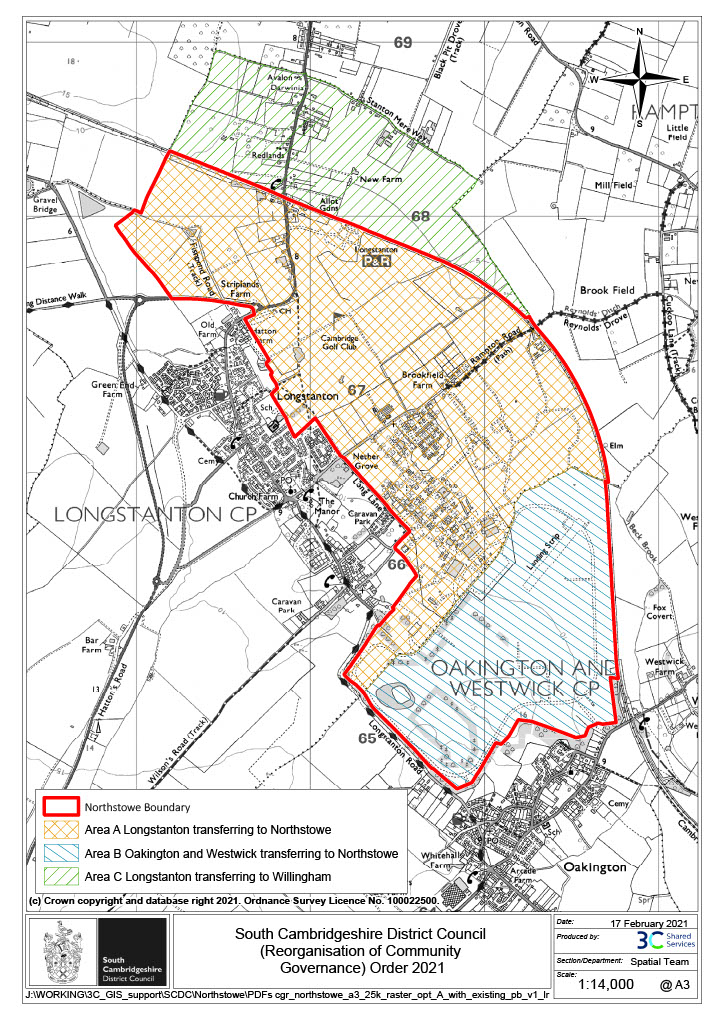The Domesday survey was commissioned by William the Conqueror in 1086. It was a means of obtaining information about the country he had conquered in 1066; what it was worth and how much he could afford to tax his new subjects.
An online database has now been set up which looks into English society at the time of the Norman Conquest. The website links information from the Domesday survey in 1086 to maps showing estates throughout England. It has been created by researchers from Cambridge University and King’s College London and can be accessed via the following link – http://www.pase.ac.uk
There are minimum system requirements that are necessary to access the site properly. The site goes into this in detail. I have not been able to access the data yet as Internet Explorer 6 is required. For those of you who can access the data; although there may not be information relating specifically to Longstanton & District, the site should help give a good insight into English society at the time. Do let us have some feed back if you come across information relating to this area. Hopefully, we will gain access to the data ourselves in due course and can report on the site in more detail.
THE DOMESDAY SURVEY – A Brief Introduction
In 1066 Duke William of Normandy conquered England. He was crowned King, and most of the lands of the English nobility were granted to his followers.
Twenty years later in 1086 King William I “… sent men all over England to each shire (county)… to find out… what or how much each landholder held… in land and livestock, and what it was worth… The returns were brought to him…” and compiled into a single volume.
The King wanted to know what possessions he had in England, and who held them. However he was not only performing a tax assessment. His massive and complicated exercise was also carried out so that every ‘man should know his right and not usurp another’s’. Hence the final authoritative register of rightful posession was created, and subsequently named the Domesday Book by the native English, by analogy from the Day of Judgement.
The above text is taken from: “Domesday Book 18 Cambridgeshire”. History from the Sources series.
Gen. Ed. John Morris. Ed. Alexander Rumble. Pub. Phillimore, Chichester, 1981.
ISBN 0 85033 387 3 (case). ISBN 0 85033 388 1 (limp).
Compiled by HAE Stroude, 2010
